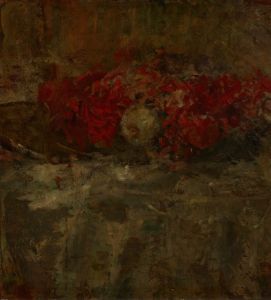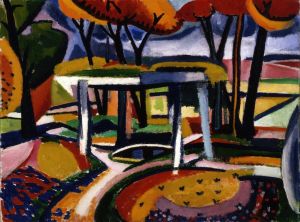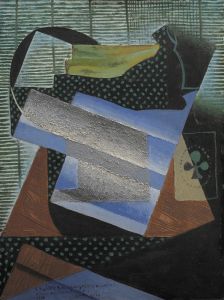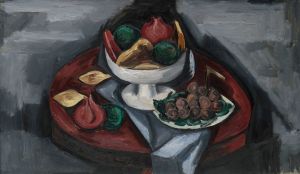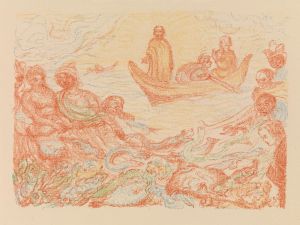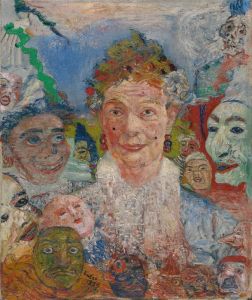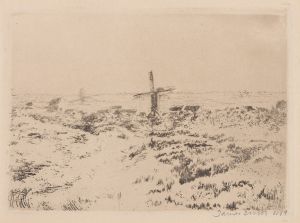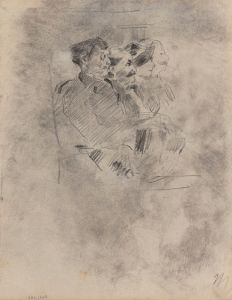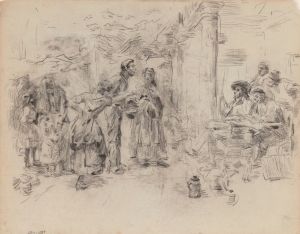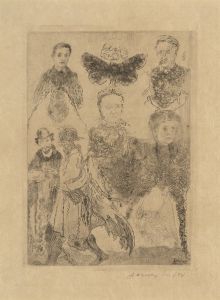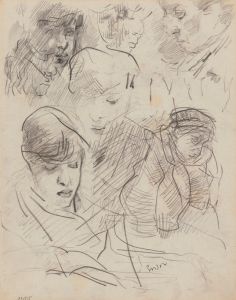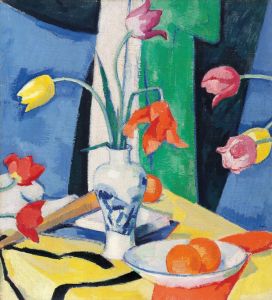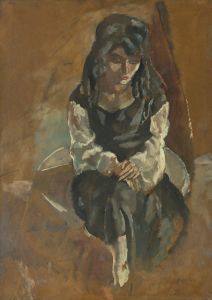
Still Life with Chinoiseries
A hand-painted replica of James Ensor’s masterpiece Still Life with Chinoiseries, meticulously crafted by professional artists to capture the true essence of the original. Each piece is created with museum-quality canvas and rare mineral pigments, carefully painted by experienced artists with delicate brushstrokes and rich, layered colors to perfectly recreate the texture of the original artwork. Unlike machine-printed reproductions, this hand-painted version brings the painting to life, infused with the artist’s emotions and skill in every stroke. Whether for personal collection or home decoration, it instantly elevates the artistic atmosphere of any space.
"Still Life with Chinoiseries" is a painting by the Belgian artist James Ensor, known for his unique and often avant-garde approach to art. Ensor, born in 1860 in Ostend, Belgium, was a prominent figure in the Symbolist movement and is often associated with the later development of Expressionism. His work is characterized by its bold use of color, intricate detail, and often satirical or fantastical subject matter.
James Ensor's "Still Life with Chinoiseries" is a notable example of his interest in incorporating diverse cultural elements into his art. Chinoiserie refers to a European artistic style that reflects Chinese artistic influences, characterized by the use of motifs and techniques inspired by Chinese art and design. This style became popular in Europe during the 17th and 18th centuries, reflecting a fascination with the exotic and the Orient.
In "Still Life with Chinoiseries," Ensor employs this style to create a composition that is both intricate and layered. The painting features a variety of objects arranged in a still life format, including porcelain, textiles, and other decorative items that are suggestive of Chinese influence. Ensor's use of color and texture in this work is particularly noteworthy, as he combines vibrant hues with detailed patterns to create a visually striking piece.
Ensor's choice to incorporate Chinoiserie elements into his still life can be seen as part of a broader trend in European art during his time, where artists were increasingly looking beyond traditional Western motifs and exploring a more global artistic vocabulary. This interest in Chinoiserie also reflects the broader cultural exchanges between Europe and Asia that were occurring during the late 19th and early 20th centuries.
The painting is also significant within Ensor's oeuvre as it demonstrates his ability to blend different artistic influences while maintaining his distinctive style. Ensor was known for his ability to combine realism with fantasy, and "Still Life with Chinoiseries" exemplifies this by presenting everyday objects in a manner that is both familiar and otherworldly.
James Ensor's work, including "Still Life with Chinoiseries," has been influential in the development of modern art. His innovative use of color, form, and subject matter has inspired subsequent generations of artists. Ensor's ability to infuse his work with both humor and a sense of the macabre has made his paintings enduringly popular and subject to extensive scholarly study.
Today, Ensor's paintings are held in high regard and are featured in major art collections around the world. "Still Life with Chinoiseries" continues to be appreciated for its artistic merit and its reflection of the cultural dynamics of its time. Ensor's legacy as a pioneer of modern art remains significant, and his works continue to be celebrated for their originality and depth.






